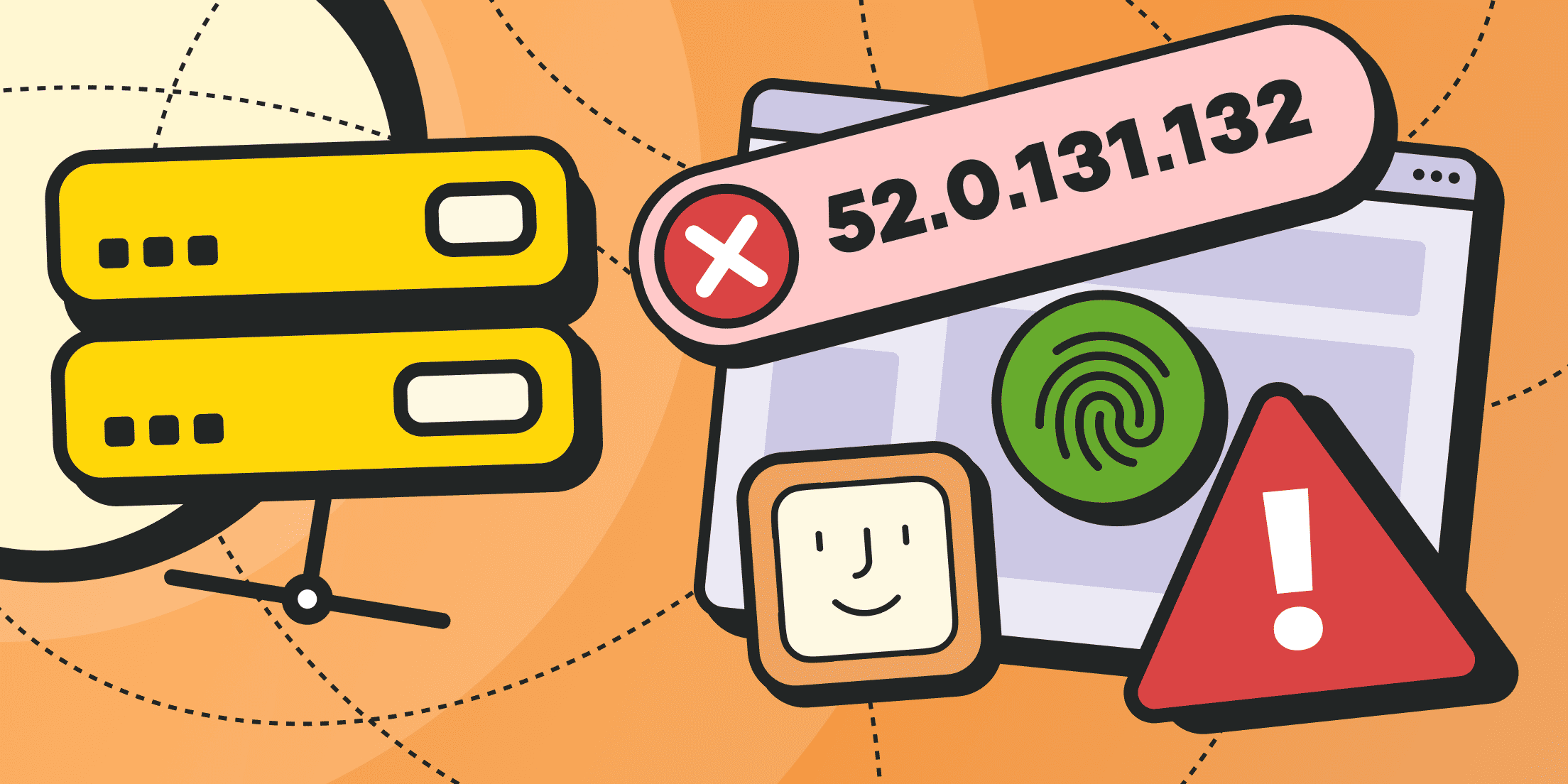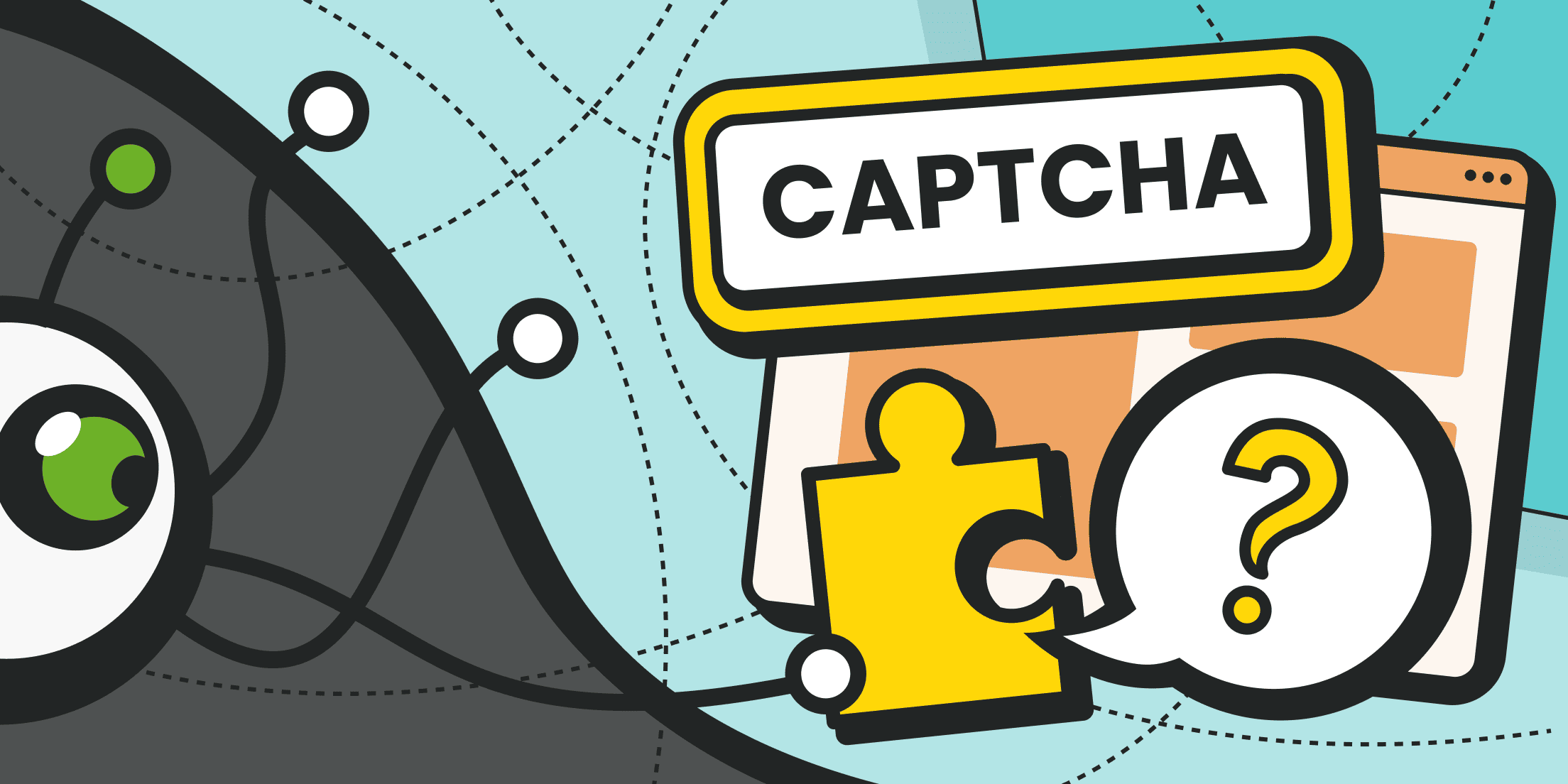Data is one of the most valuable business assets today, so companies implement sophisticated anti-web scraping measures (often guided by an anti-scraping policy) to protect their information. Websites now use multiple layers of protection against automated data collection — these range from advanced behavioral analysis to complex JavaScript challenges.
Learning about these protective measures is vital if you need to gather data legitimately. Modern anti-scraping protection systems use IP address blacklisting and User-Agent filtering. They also employ CAPTCHA systems and browser fingerprinting. These systems track traffic patterns and analyze user behavior. They create unique challenges that automated tools don't deal very well with, especially regarding content scraping.
This complete guide gets into the most common anti-scraping techniques and offers practical solutions to bypass these barriers. You'll learn about rate limiting, CAPTCHA systems, IP blocks, and other protective measures that websites use to prevent web scraping. The guide also includes proven strategies to handle each challenge effectively.
Categories of Anti-Scraping Techniques

In most cases, anti-scraping techniques are layered together to create a robust defense. These anti-scraping techniques can detect unusual patterns more effectively when operating in tandem.
Rate Limiting
Rate limiting is a core defense mechanism frequently used in anti-scraping techniques because it controls how often requests come in. This technique tracks and restricts the number of requests from a single source within a specific timeframe. Users who go over these preset limits face delays or get blocked completely.
Rate limiting focuses on two main things to help prevent scraping at scale:
- Request counting within defined time windows.
- Automatic throttling or blocking when limits are exceeded.
This approach works really well against simple scraping attempts that fire off rapid, successive requests. It also protects server resources and keeps service quality high for real users.
There are a few ways to get around rate limiting:
- Rotating IP addresses. By distributing requests across multiple IPs — using proxies or VPNs — you can avoid triggering the rate limit on any single IP.
- Introducing delays. Mimicking human-like browsing behavior by adding randomized delays between requests can help maintain a low request rate.
- Adaptive request patterns. Implement algorithms that monitor response patterns and adapt request frequency to stay below threshold limits, effectively staying under the radar.
CAPTCHA Systems

CAPTCHA (Completely Automated Public Turing test to tell Computers and Humans Apart) is one of the most accessible anti-scraping measures. These systems create challenges that only humans can solve, like spotting specific objects in images or figuring out visual puzzles.
CAPTCHA systems have come a long way. Many Cloud Delivery Network services now include them as part of their standard security features. These systems block automated access but let real users through once they complete the verification.
Below are some ways to bypass CAPTCHA:
- Automated solving services. Some developers use third-party CAPTCHA-solving services that employ human solvers or advanced OCR (Optical Character Recognition) algorithms.
- Machine learning models. In certain cases, machine learning models can be trained to recognize and solve CAPTCHAs, though this is becoming increasingly challenging as CAPTCHAs evolve.
- Hybrid approaches. Combining automated tools with occasional human intervention can also help navigate CAPTCHA challenges (and bypass anti-scraping obstacles) when necessary.
Note: while these methods exist, it is important to consider the legal and ethical implications of bypassing CAPTCHA systems.
IP Address Blocking
IP address blocking is a straightforward but powerful anti-scraping strategy. This technique watches traffic patterns and blocks IP addresses that look suspicious. Websites can set up different types of IP-based restrictions:
- Blocking individual IP addresses.
- Restricting entire IP ranges.
- Setting up geographic restrictions.
- Creating temporary or permanent bans based on behavior.
These systems also keep lists of known malicious IPs and automatically block access from these sources.
If you're looking to get around IP address blocking, here are a few options to try:
- IP rotation. Utilize proxy networks that rotate IP addresses frequently. Residential proxies, in particular, may be less likely to be flagged as malicious compared to data center IPs.
- Geo-targeted proxies. If geographic restrictions are in place, using proxies from approved regions can help bypass these limitations.
- Distributed request networks. Implementing distributed scraping strategies across multiple machines or services can help prevent any single IP from making too many requests.
Residential Proxies
Perfect proxies for accessing valuable data from around the world.
IP address blocking is often one of the first lines of defense and is relatively simple to implement. But as attackers get more sophisticated, a lot of sites also use behavioral and reputation-based systems to go along with simple IP bans. This extra layer of protection means that even if an IP address changes, the underlying patterns might still trigger detection.
User-Agent Validation
User-Agent validation looks at HTTP headers in each request to spot potential scraping. This technique checks several key elements:
- Browser identification strings.
- Operating system information.
- HTTP client details.
- Request patterns and characteristics.
Most websites block requests with invalid or suspicious User-Agent strings. This protection goes beyond simple string checks and looks at other HTTP headers like Accept-Language, Accept-Encoding, and Connection status.
Ways to bypass User-Agent validation include:
- Legitimate User-Agent strings. Use up-to-date and genuine User-Agent strings that mimic real browsers.
- Header spoofing. Along with the User-Agent, replicate other typical HTTP headers to match those of standard browsers.
- Regular updates. Continuously update the header information to reflect current browser behaviors and trends. Make sure requests look as legit as possible.
User-Agent validation is often paired with other anti-scraping techniques, such as IP tracking and behavioral analysis, making it a part of a multi-factor verification process.
Additionally, some websites employ fingerprinting techniques that go beyond the User-Agent string, analyzing a combination of header values to create a more comprehensive profile of each visitor. This means that simple spoofing may not always be sufficient without also replicating the full suite of expected HTTP header behavior (central to many anti-scraping techniques).
JavaScript Challenges
JavaScript challenges add an advanced layer of protection by making clients run specific code before they can access the content. Standard browsers handle these challenges automatically, but they're tough for simple scraping tools.
The setup usually includes:
- Short-duration computational tasks.
- Browser capability verification.
- Automated challenge-response systems.
- Dynamic token generation.
These challenges add small delays while anti-bot systems check for legitimate browser behavior.
Here is how to bypass anti-scraping JavaScript challenges:
- Headless browsers. Tools like Puppeteer or Selenium can execute JavaScript, enabling scrapers to navigate through these challenges by acting as full-fledged browsers.
- Browser emulation. Use scraping frameworks that emulate the full browser environment, including JavaScript execution and DOM manipulation.
- Token reuse and caching. In some cases, once a valid session token is acquired after solving a JavaScript challenge, it can be cached and reused for subsequent requests within its validity period.
Some websites might change how the challenge works based on things like the time of day or how the user acts, meaning that scraping tools need to be adjusted and updated all the time. As these anti-web scraping challenges change, so do the ways to overcome them, which is why it's important to keep your tools updated.
Behavioral Analysis

Behavioral analysis uses smart algorithms to tell human and automated traffic apart. This anti-web scraping technique keeps an eye on how users interact:
- Mouse movements and patterns.
- Keyboard input timing.
- Session duration metrics.
- Navigation paths.
- Interaction sequences.
Anti-bot systems use machine learning to analyze these patterns. They learn and adapt their detection methods based on new data, improving their ability to prevent website scraping by identifying unnatural behaviors associated with bots.
Here are some tips for bypassing behavioral analysis:
- Simulating human behavior. Develop scraping tools that incorporate simulated mouse movements, clicks, and scroll events to mimic genuine user behavior.
- Randomization of interaction patterns. Introduce random variations in the timing and sequence of interactions to avoid predictable patterns that could be flagged as automated.
- Session emulation. Keep session durations and transitions between pages realistic so the behavior matches what most users do.
Behavioral analysis represents one of the more advanced anti-scraping mechanisms, as it examines the subtleties of human-computer interaction. Beyond simulating basic actions, sophisticated scrapers must also consider how interactions evolve over longer sessions, including occasional pauses and erratic movements that are natural for humans. This level of simulation requires a blend of programming finesse and behavioral insight to convincingly mimic authentic user activity.
Web Application Firewalls (WAF)
Web Application Firewalls offer detailed protection against various threats, including scraping attempts. As a key anti-scraping technology, WAFs help websites defend against unauthorized data extraction by analyzing and mitigating suspicious traffic patterns.
These systems layer their protection through the following:
- Traffic pattern analysis.
- Request validation.
- Threat signature detection.
- Automated response mechanisms.
WAFs also work with other security measures to create a resilient defense against automated access attempts.
But there are also some ways to bypass WAFs:
- Stealthy request patterns. Slow down the request rate and randomize request intervals to avoid triggering WAF thresholds.
- Payload obfuscation. Modify request payloads subtly (without altering the intended outcome) to bypass signature-based detections.
- Mimicking legitimate traffic. Use headers, cookies, and session tokens that resemble those from legitimate users to blend in with regular traffic.
- Monitoring and adaptation. Continuously monitor responses and adjust request patterns dynamically to avoid WAF-triggered responses.
WAFs are designed to adapt quickly to emerging threats, making them a moving target for automated scrapers. Their integration with real-time threat intelligence feeds means that any observed bypass technique might soon be countered with updated rules. Consequently, scrapers must employ constant monitoring and rapid adaptation strategies to remain effective against these evolving defenses.
Professional Support
Our dedicated team and 24/7 expert support are here to keep you online and unstoppable.
Dynamic Content Loading
Dynamic content loading is a smart way to protect web content. This technique includes:
- Lazy loading of page elements.
- AJAX-based content delivery.
- JavaScript-dependent rendering.
- DOM manipulation.
Dynamic content loading makes scraping much harder by requiring full browser capabilities and JavaScript execution. This approach often teams up with other protection measures to create multiple defense layers.
Here are some ways to get around dynamic content loading:
- Browser automation tools. Employ headless browsers or full browser automation tools that can render JavaScript and process dynamic content just as a regular browser would.
- Event simulation. Simulate user-triggered events (e.g., scrolling, clicking) to force the loading of dynamic elements.
- API endpoint discovery. Sometimes, dynamic content is fetched via underlying API endpoints that may be easier to access directly. Reverse-engineering these endpoints can provide a more efficient data retrieval method.
- Caching rendered pages. Once dynamic content is loaded, caching the rendered version can help reduce the need for repeated JavaScript execution on subsequent requests.
Sometimes sites change their content loading strategies to counteract well-known scraping techniques. This further emphasizes the need for flexibility and continuous monitoring.
Conclusion on Anti-Scraping Techniques

Knowing how to handle anti-scraping techniques is vital for anyone collecting web data. This piece covers eight main protection mechanisms that websites use to safeguard their data:
- Rate limiting and IP blocking serve as the first line of defense.
- CAPTCHA systems add a human verification layer.
- User-Agent validation and JavaScript challenges create additional obstacles.
- Advanced protection includes behavioral analysis and Web Application Firewalls, which continuously adapt to new threats.
- Dynamic content loading requires full browser capabilities, further complicating automated access attempts.
These protective measures create a reliable defense system that spots the difference between real users and automated tools. Data collection success depends on understanding these mechanisms and finding the right approach for each challenge.
Websites keep improving their defenses, so staying up to date with anti-scraping techniques is a vital part of the process. Your data-gathering success relies on respecting these protective measures and developing methods that work within acceptable limits.
A successful web scraping approach needs both technical expertise and ethical awareness. This knowledge enables you to build eco-friendly data collection systems that honor website protection and user privacy.




